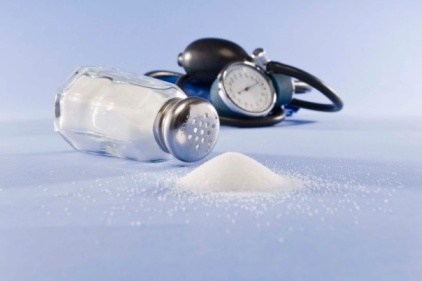 Think fast food is especially unhealthy? When it comes to sodium, dine-in restaurant fare is even worse. The Centers for Disease Control and Prevention (CDC) would like both types of eateries to reduce sodium in their menu items – and it has suggestions for how to do that.
Think fast food is especially unhealthy? When it comes to sodium, dine-in restaurant fare is even worse. The Centers for Disease Control and Prevention (CDC) would like both types of eateries to reduce sodium in their menu items – and it has suggestions for how to do that.
On average, Americans eat out at fast food or dine-in restaurants four or five times a week. Meals from fast food restaurants contain 1,848 mg of sodium per 1,000 calories and foods from dine-in restaurants contain 2,090 mg of sodium per 1,000 calories, meaning both can help put you over the U.S. Dietary Guidelines recommended limit of 2,300 mg of sodium a day.
Why is excess sodium bad?
Too much sodium can cause high blood pressure, one of the leading causes of heart disease and stroke.
The CDC has developed a plan for health departments and restaurants to work together to help consumers lower their sodium intake. The strategies are contained in a report, “From Menu to Mouth: Opportunities for Sodium Reduction in Restaurants,” published recently in the CDC’s journal, Preventing Chronic Disease.
“The bottom line is that it’s both possible and life-saving to reduce sodium, and this can be done by reducing, replacing and reformulating,” said CDC Director Tom Frieden, M.D., M.P.H. “When restaurants rethink how they prepare food and the ingredients they choose to use, healthier options become routine for customers.”
How to do it
The report outlines several ways health departments and restaurants have worked together to offer lower-sodium choices:
- Health department dietitians help restaurants analyze the sodium content of their foods and recommend lower-sodium ingredients.
- Restaurants clearly post nutrition information, including sodium content, at the order counter and on menus or offer lower-sodium items at lower cost.
- Health departments and restaurants explain to food service staff why lower sodium foods are healthier and how to prepare them.
One city's success
The report also features examples of sodium reduction successes. In Philadelphia, the health department worked with 206 restaurants to create the “Philadelphia Healthy Chinese Take-out Initiative.” After evaluating menus for sodium content, participating restaurants began choosing lower sodium ingredients and creating lower sodium recipes. After nine months, analyses of two popular dishes offered by 20 of the restaurants showed sodium was reduced by 20 percent.
“The story in Philadelphia shows what can be done,” Dr. Frieden said. “It’s not about giving up the food you love, but providing lower sodium options that taste great.”
To learn more about sodium and how it affects health, visit www.cdc.gov/salt. Reducing sodium is one way that Million Hearts, a national public-private initiative to prevent a million heart attacks and strokes by 2017, is working with communities to keep people healthier and less likely to need health care www.millionhearts.hhs.gov


